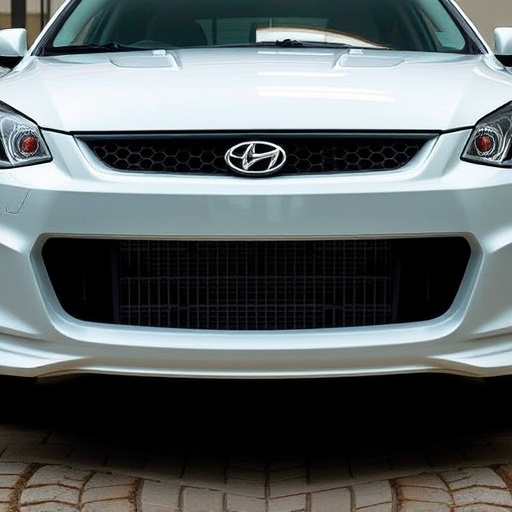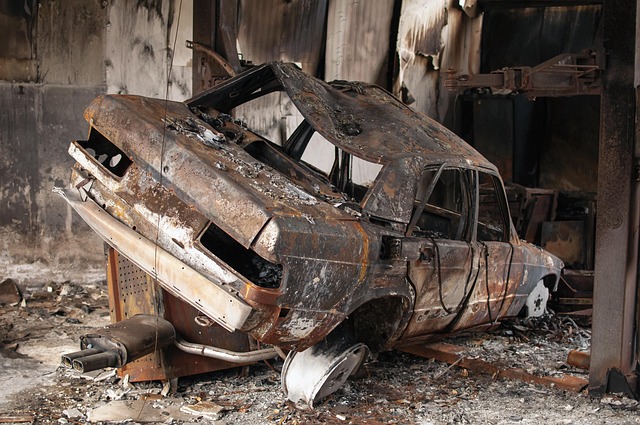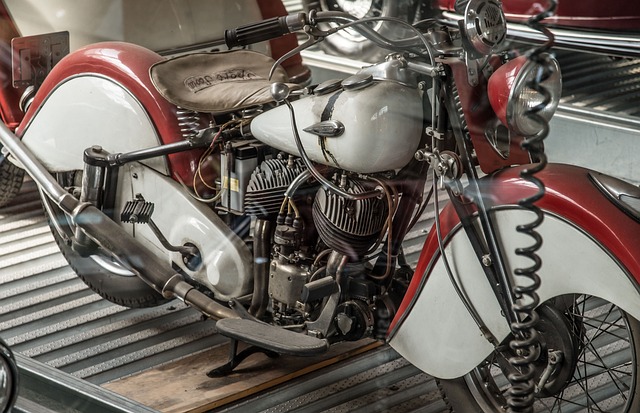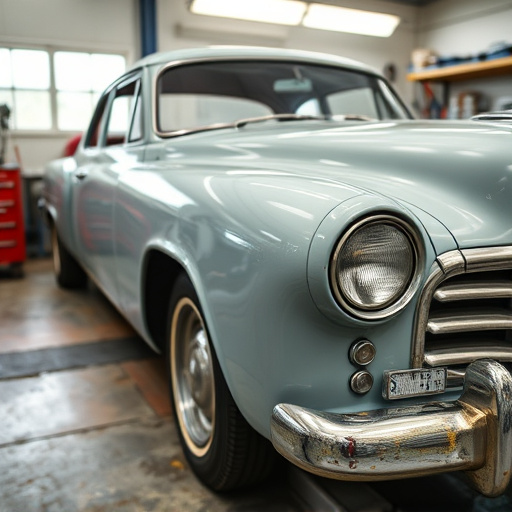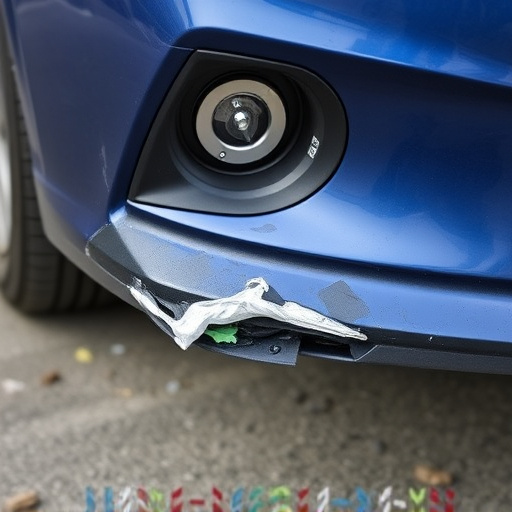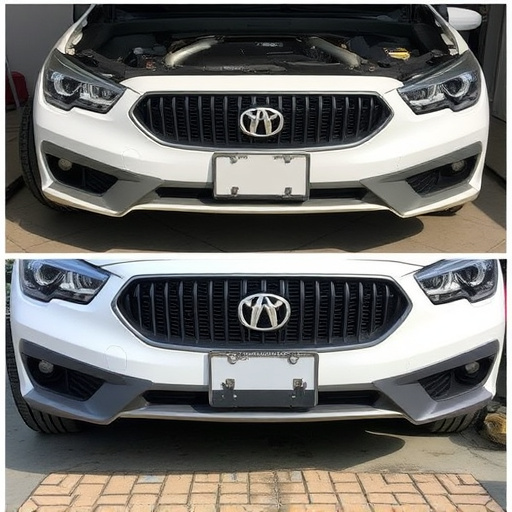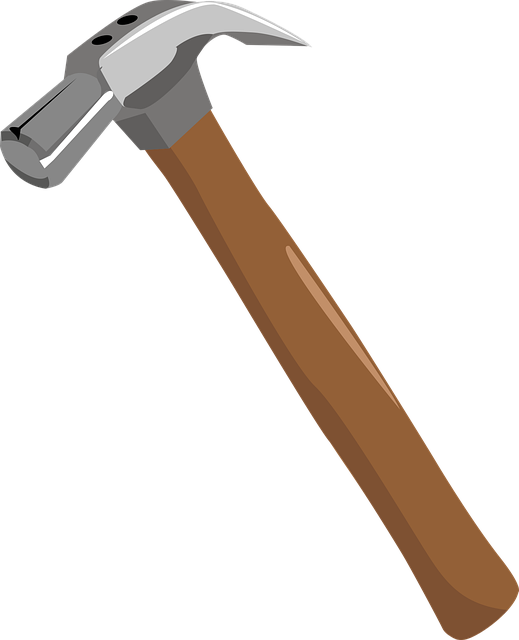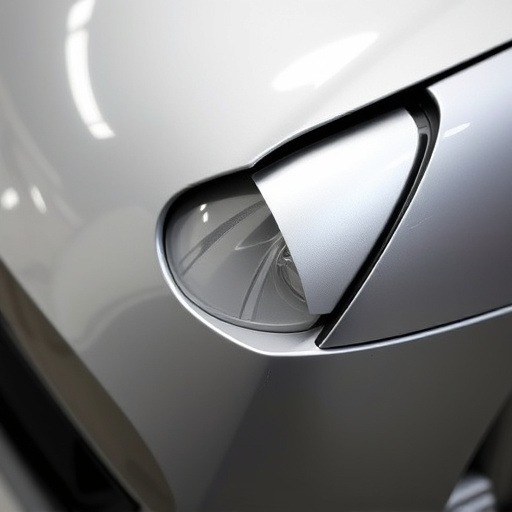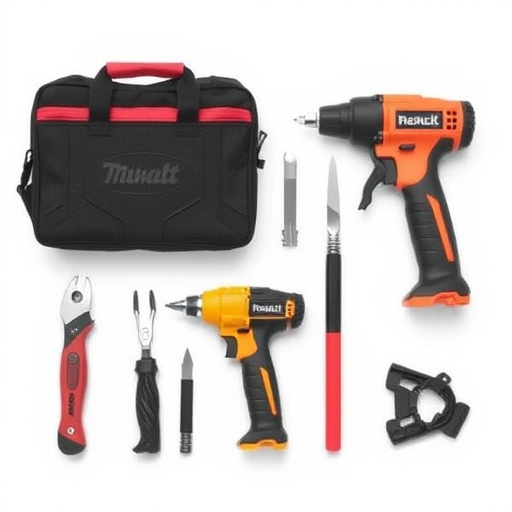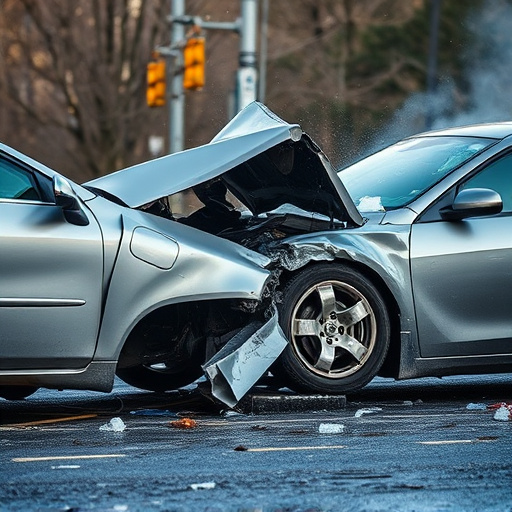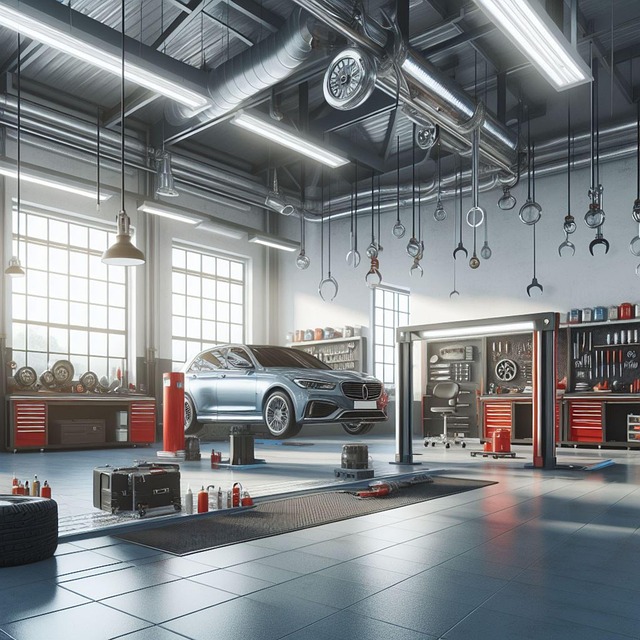A thorough alternator inspection after an accident is crucial for vehicle safety and performance. Check for physical damage, component alignment, and functional issues like battery charging and voltage stability. Repairs range from simple fixes to complex replacements, ensuring reliable electrical system operation and preventing future breakdowns. Consult auto body shop technicians for meticulous assessment and prompt repair using advanced tools and quality parts.
In the aftermath of a collision, understanding how crash impact affects alternator performance is paramount for safe and efficient vehicle operation. This comprehensive guide delves into the intricate relationship between vehicular accidents and alternator functionality, providing an essential resource for both professionals and DIY enthusiasts. Learn about the thorough alternator inspection checklist tailored for post-accident vehicles, along with expert tips for restoring optimized performance, ensuring your vehicle returns to peak condition after a collision.
- Understanding Crash Impact on Alternator Functionality
- Comprehensive Inspection Checklist for Post-Accident Alternators
- Restoring Optimized Performance After a Collision
Understanding Crash Impact on Alternator Functionality
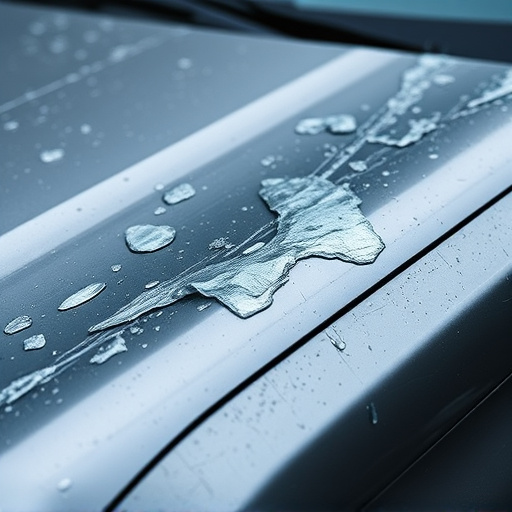
A car accident, no matter how minor, can significantly impact various components of your vehicle, and the alternator is no exception. When a crash occurs, the force involved can cause both internal and external damage to this critical electrical system. Understanding how crash impact affects alternator performance is essential for ensuring optimal vehicle functionality post-accident.
During an accident, the alternator may sustain physical damage due to metal deformations, cracks in housing units, or even complete separation from its mounting points. Such damage can lead to reduced efficiency or complete failure of the alternator. Moreover, shock and vibration during a crash can cause internal components to shift or wear out prematurely. Therefore, it’s crucial to undergo a thorough alternator inspection after an accident, covering both visual assessments and functional tests. This process may involve checking for any visible scars, scratches, or signs of repair on the alternator itself, as well as verifying its ability to charge the battery and maintain stable voltage levels under load. Depending on the severity of damage, repairs could range from simple scratch repair and car paint services to more complex replacement of the alternator or related components, ensuring your vehicle’s electrical system operates reliably following a collision.
Comprehensive Inspection Checklist for Post-Accident Alternators
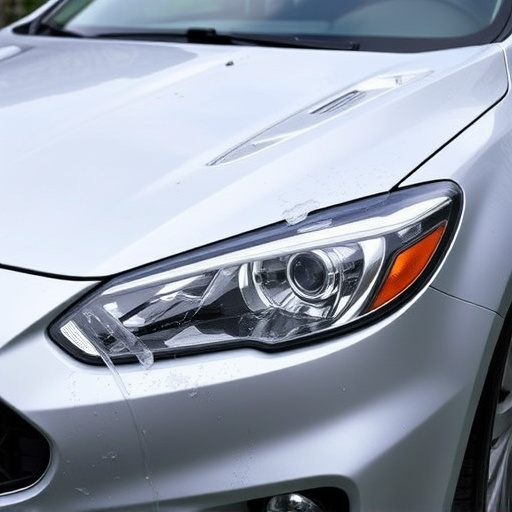
After a crash, a thorough inspection of the alternator is crucial to ensure optimal performance and safety. Here’s a comprehensive checklist for evaluating post-accident alternators:
1. Visual Inspection: Look for any visible damage such as cracks, dents, or leaks. Check the alternator’s housing, pulleys, and belts for signs of strain or misalignment. A car dent repair might be necessary if the impact caused deformities that could affect the alternator’s ability to function correctly.
2. Functional Testing: Verify that the alternator is spinning smoothly and charging the battery effectively. Use a voltmeter to measure the output voltage; it should fall within the manufacturer’s specified range. If there are any discrepancies, consider consulting an auto body shop for further diagnostics. The alternator plays a vital role in keeping your car’s electrical system running, so ensuring its functionality is key after a collision, whether it requires simple adjustments or extensive auto body repairs.
Restoring Optimized Performance After a Collision
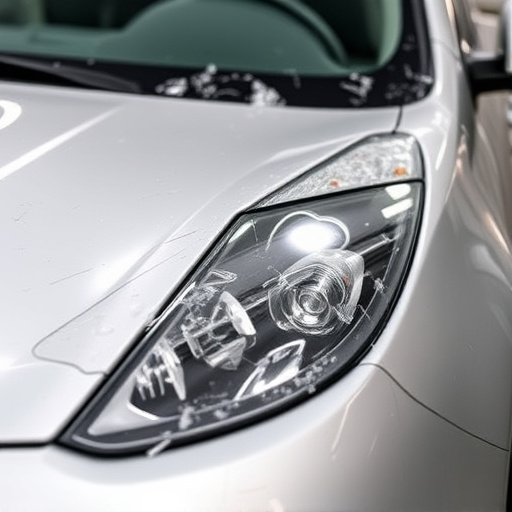
After a collision, it’s crucial to have your vehicle inspected thoroughly, especially focusing on the alternator and electrical systems. While some dents and scratches might be visually appealing after car dent removal services, internal damage could compromise the alternator’s performance. A skilled auto body shop technician will conduct a meticulous alternator inspection after an accident, ensuring all components are functioning optimally. This involves checking for any loose connections, damaged wires, or internal wear that could affect power generation and distribution.
Restoring optimized performance requires addressing these issues promptly. Many car bodywork services offer specialized repair techniques to mitigate the impact of a collision on the alternator. By utilizing advanced tools and replacement parts, auto body shops can help drivers regain reliable electrical systems in their vehicles. This not only enhances safety but also ensures that your vehicle operates efficiently, avoiding potential breakdowns or further damage down the line.
In light of the above, it’s clear that understanding and addressing crash impact on alternator performance is crucial for maintaining optimal vehicle functionality. By following a comprehensive inspection checklist post-accident and implementing effective restoration techniques, you can ensure your alternator functions at its highest level. Remember, timely and thorough alternator inspection after an accident is key to avoiding costly repairs and ensuring the safety and reliability of your vehicle.
